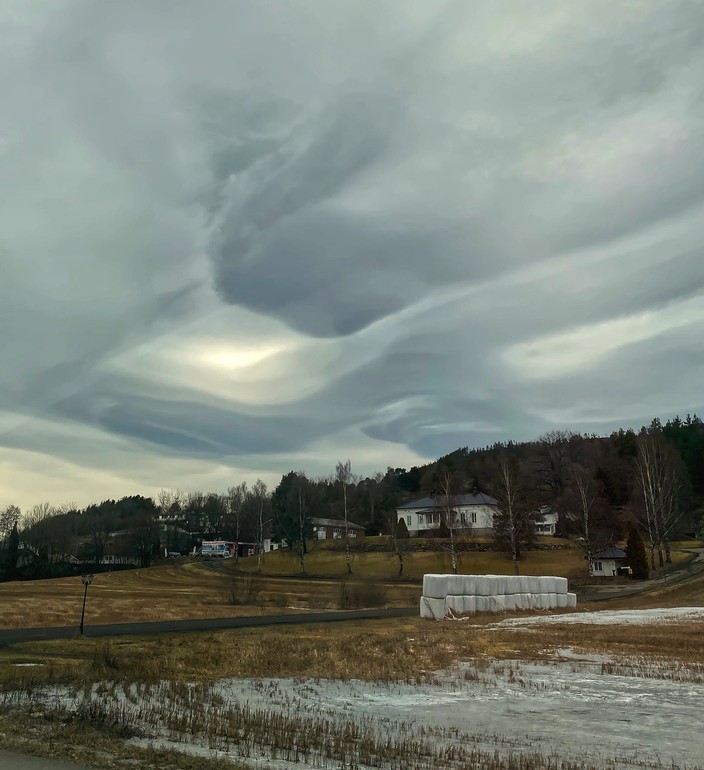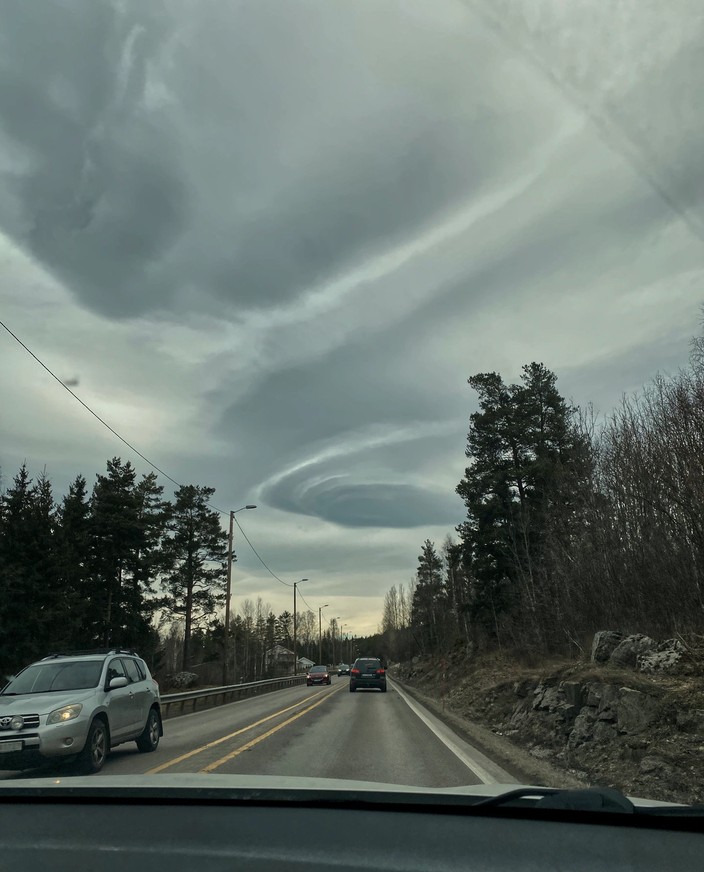The Marcinelle school
This splendid cover by Maurice Tillieux caught my attention this morning. I admire that drawing style a lot, but had never really heard of Tillieux before, so I started wondering why the styles of so many Belgian cartoonists are so similar, did they all go to the same art school or something? (And do they offer classes? 🙏)
Some quick googling led me to The Marcinelle School (as in “school of thought”, not “a place to study”), named after the site of the Dupuis printing firm who published Le Journal de Spirou. The Comics Journal has written a great piece about The Belgians Who Changed Comics, including magazine rivalry and where this style comes from:
The team's cartooning technique – partly inherited but soon individualised – was an animated, breezy, ultra-modern one. Eventually, it became known as 'le style atome'. This moniker derived from the 1958 Brussels World's Fair, whose signature was a sculpture called 'the Atomium'. An outsized icon of Populuxe design, this seemed to match the sparky visual spirit of post-War Spirou. Certainly it paralleled the artists' angular shapes, their streamlined drawings and a use of bright, sharp colours. Graphically much brasher than Hergé's ligne claire, le style atome gave a nod to '50s and '60s US culture. It featured rounder speech bubbles instead of rectangles and privileged short, spunky dialogue over declamations.
[...]
Spirou's energetic art is now known as "the Marcinelle school" or "the school of Charleroi". Both terms refer to the site of the Dupuis' printing firm. But those artists who worked with Jijé had a different name for it. They called the work gros nez – or "big nose" – comedy.
The flipside of Marcinelle art was found in the pages of Tintin. A vehicle for Hergé's hero, this weekly was the laboratory of a rival "Brussels' school". Just as Marcinelle art reflected Jijé’s temperament, the Tintin employees operated in Hergé's shadow. Their highly polished work was required to resemble his and, in their atelier, an artist wore his suit and tie. He would labour to produce pristine pages, with refined lines underscored by un-shaded colour.
It also has this quote about Franquin’s amazing line style:
Inside the frames, everything is concrete, everything is charged with the energy of the line. The speech bubbles, the paper lying around on the floor, the exclamation points…nothing can be inanimate; everything has to come alive. Fantasio's anger is more than simply buggy eyes, dishevelled hair and a wide, gaping mouth. It's also puffs of cloud around him, lines that tremble like forceful cries and the tail of a speech balloon turned into a zigzag of lightning. There are so many graphic incarnations of the intangible, of invisible and interior moods… it makes metaphysical anguish absolutely palpable.
Check out the linework in these old, felt-cled postcards!

